|
Last week I blogged about how our grade 3 Adventure Challenge unit in PE is focused on better understanding how conflict can be resolved in group settings. You can find last week's blog post here. We chose the Approaches to Learning social skill of 'Resolving Conflict' because it connects perfectly with what the students are working on in their classroom unit (Landforms). In the classroom, they will be doing a lot of group work in this unit, so it is necessary to understand that when conflict arises, it is each group member's responsibility to try their best to resolve it on their own before going to the teacher for help. We cannot expect that the students will magically understand how to resolve conflict and leave them to their own devices to solve problems and issues as they arise in group settings. Strategies and solutions must be explicitly unpacked in a way that allows students to voice their own ideas about how conflict can be resolved or lessened and how it can be avoided in the future by consciously choosing to act and behave in specific ways. As an Adventure Challenge unit and a Landforms unit seem miles apart and that there is little or no connection between the units, we believe that the glue that holds these units together in regards to meaningful integration is to reinforce and to help deepen student understanding in relation to 'Resolving Conflict', so this is the focus of our collaborative planning process between PE and the classroom. PE began to unpack 'resolving conflict' first through a number of different learning engagements in the adventure challenge unit. We asked the students to identify why conflict was occurring in their groups and with other groups when they were taking part in different challenges. The students identified 9 different reasons why conflict had occurred. The above visual was created to reflect student voice and the reasons why they felt conflict was occurring in their groups. This visual was shared with their classroom teacher so that they could use it to generate more discussion about conflict resolution. Now that the bulk of work related to getting students to understand why conflict arises was done, we could have chosen to leave it at that and move forward in the unit. However, our thinking is that we are only halfway to where we want to be. As teachers, we have to be explicit and very clear when teaching concepts and skills to our students. It's not good enough to bring up key points but not unpack them further through different learning engagements. To deepen student understanding related to resolving conflict, we needed to create more learning opportunities that got the students thinking not only about why conflict occurs, but also to identify strategies that they can put into action to resolve conflict or even avoid conflict in the future by choosing responsible ways to behave and act when interacting in their groups. The Next Steps in the Process It was now necessary to look at each of the reasons why conflict occurs and give the students opportunities to identify strategies that they could put into action when working in groups in order to lessen or avoid conflict in the future. When the students came into the gym for their PE lesson, Billy Kelly and I had 9 individual A3 sized sheets of paper up on the wall with each one focused on one of the reasons why conflict occurs. The students were divided up into roughly 4 groups of 4-5 students in each group. For this class we decided on only two stations with each station presenting a specific challenge. The students had roughly 15 minutes at each station to work together with their group members. We knew that conflict was going to arise, so we asked the students that as they took part in the challenge, that they think not only about why conflict arose, but also to think about potential strategies and solutions that would work to lessen or avoid this specific conflict in the future. When the students switched stations, they had a chance to go over to the display and to briefly write down their thoughts on sticky notes and add them to which area of conflict was the one that presented itself the most in the group challenge. They completed the same task after the second station. The writing part of this lesson took roughly 2-3 minutes each time so at most 6 minutes total. Some teachers would argue that they don't want to use up any time that takes away from being physically active, but I want to emphasize that there is strong pedagogical rationale for providing time to unpack important skills and concepts, especially when these skills and concepts transcend discipline specific boundary lines. This type of learning is SO important for students to develop. Especially in this case as the strategies/solutions that the students come up with will be used in both the PE and classroom space. Resolving Conflict Rubric Now that the heavy cognitive lifting has been done by the students in regards to unpacking why conflict arises and what can be done to lessen or avoid it, it is now time to create a common assessment that can be used in both PE and in the classroom. Using student generated strategies and solutions based on their experiences in PE, Bill and I took all of the yellow sticky notes and identified that most of the conflict arises because of 4 specific reasons. It's these 4 areas that will be the focus on the self and peer assessment rubric. Using student ideas, this is what the initial first draft of the self and peer assessment rubric looks like. I'll be sharing it with the classroom teacher who will present it to her students. The students will help to either add ideas or modify what's there in order to give them complete ownership over this process. The purpose of doing this is so that they are completely familiar with the rubric and understand it. Once we go through this process, we will create a final version that will be used the last 3 weeks of the Landforms unit and the Adventure Challenge unit. The students will use the exact same rubric in both the PE space and the classroom space. Here is the first draft of this rubric: We now feel confident that we've provided the students with plenty of opportunity to be involved in this process and that they are genuinely ready to use this rubric. Teacher observations can also be included in order to give the students timely feedback related to each of the 4 areas identified above in the rubric. Looking forward to the rest of the unit and seeing whether or not the students can use what we've unpacked in a way that helps them better deal with conflict as it arises. Thanks for reading.
1 Comment
Cathy
10/27/2018 05:51:05 pm
This is awesome! I've been dealing with issues and needed something this is perfect.
Reply
Leave a Reply. |
AuthorKAUST Faculty, Pedagogical Coach. Presenter & Workshop Leader.IB Educator. #RunYourLife podcast host. Archives
September 2022
|
- Welcome
- All Things Teaching and Learning
- The Aligned Leader Blog
- Consulting and Coaching Opportunities
- My TED X Talk
- My Leadership Blog
- Run Your Life Podcast Series
- How PYP PE with Andy Has Helped Others
- Good Teaching is L.I.F.E
- The Sportfolio
- Example Assessment Tasks
- PYP Attitude Posters (printable)
- Publications
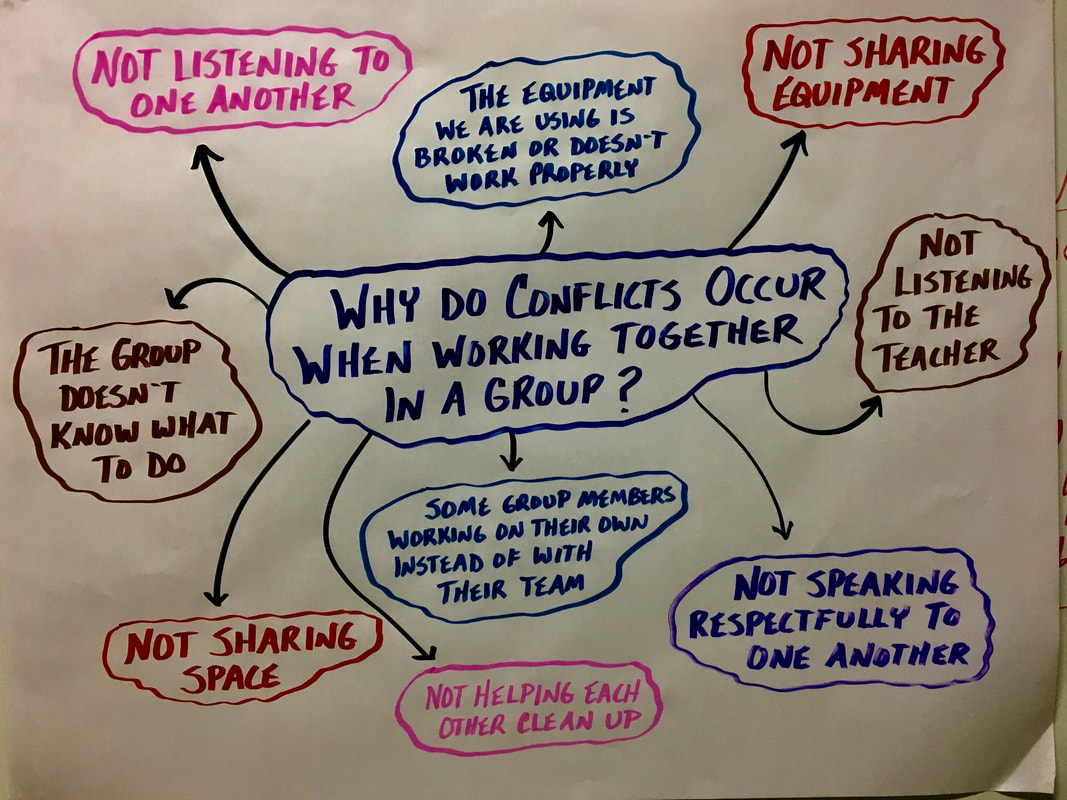
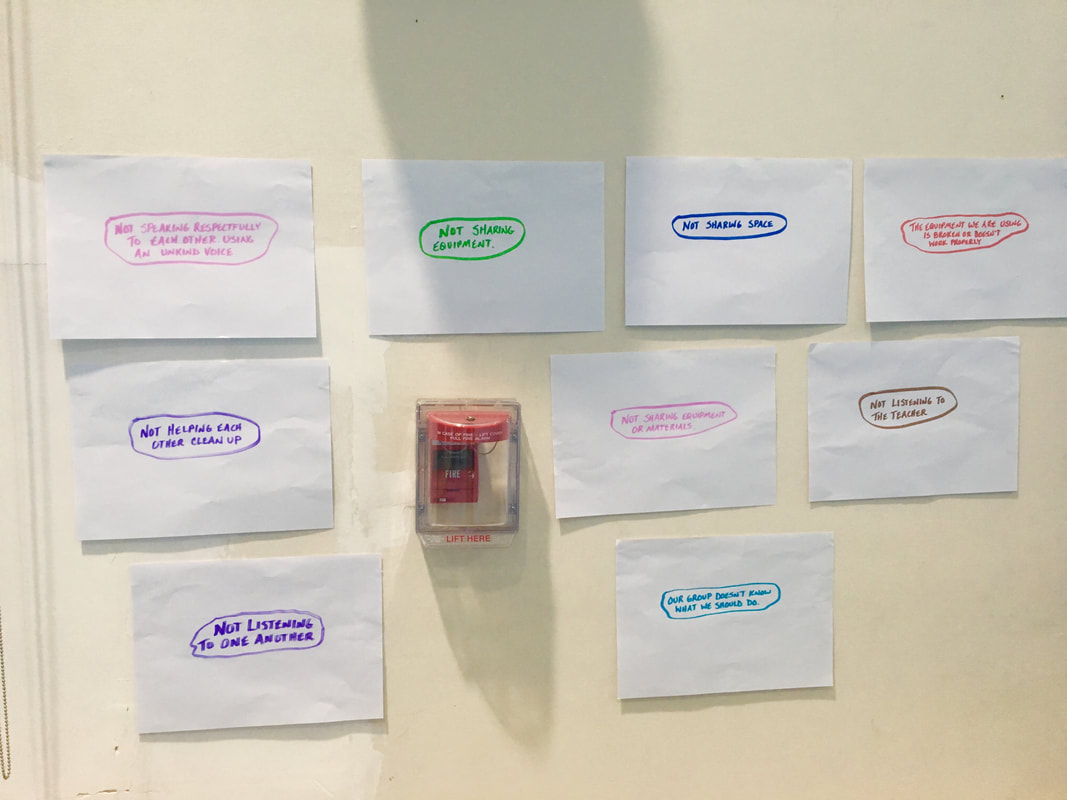
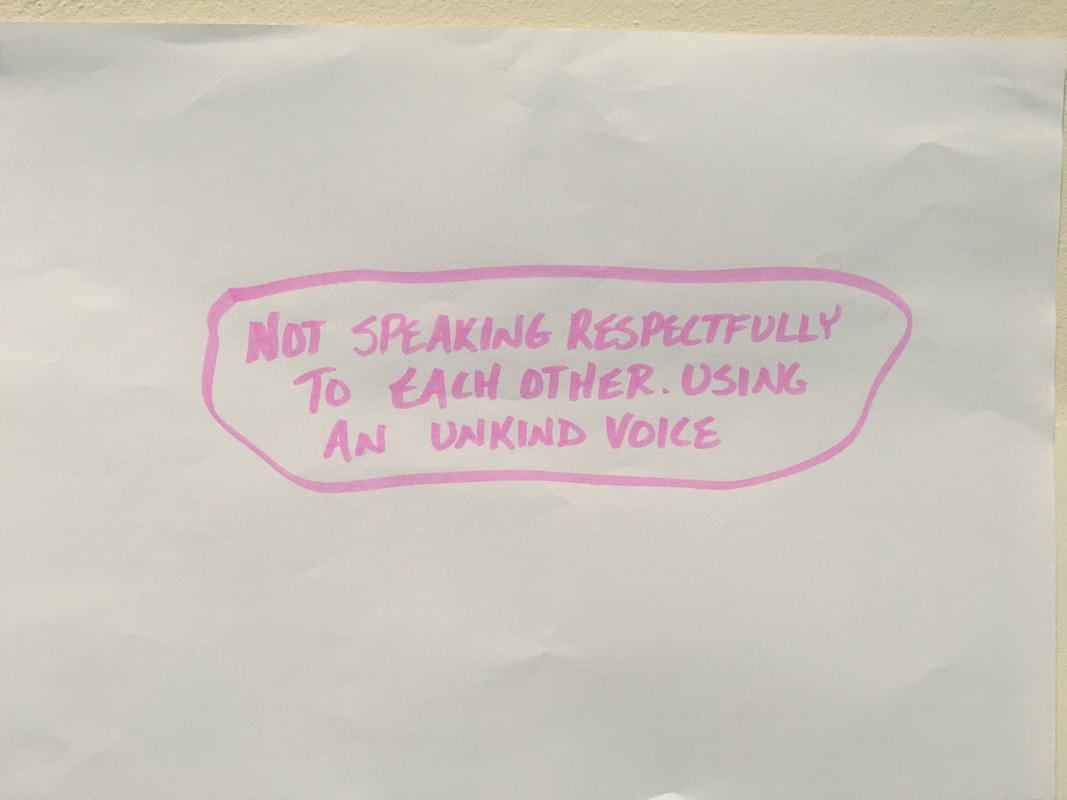
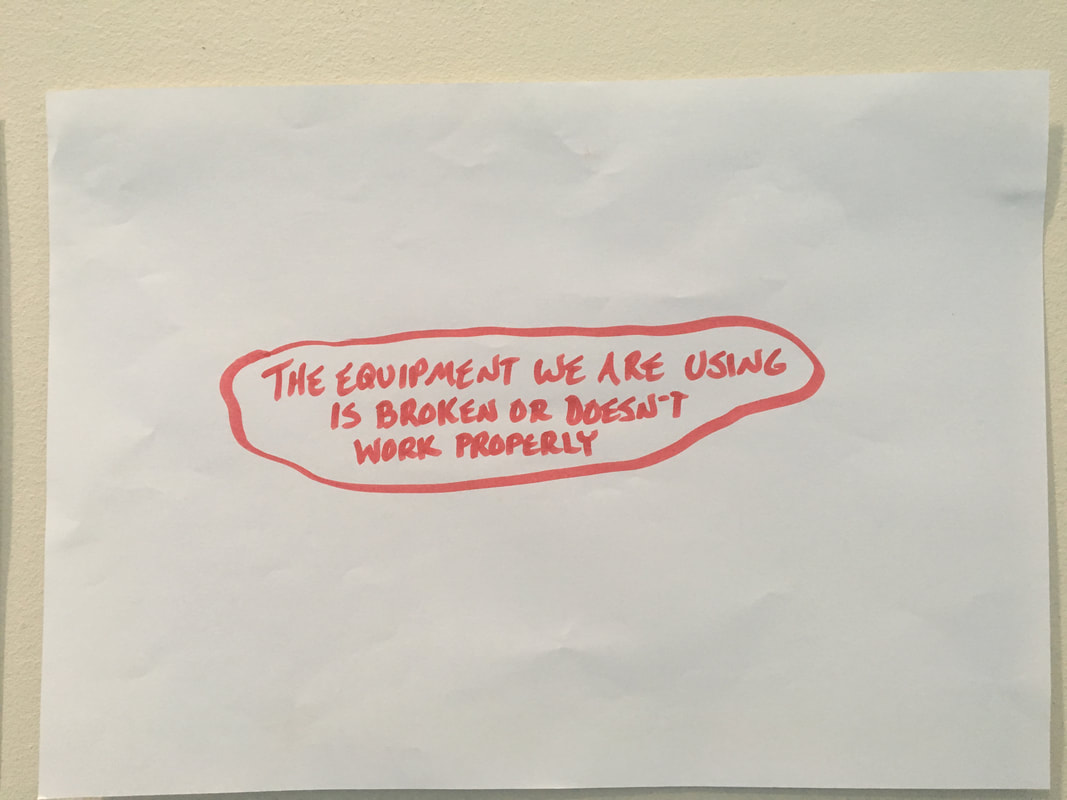
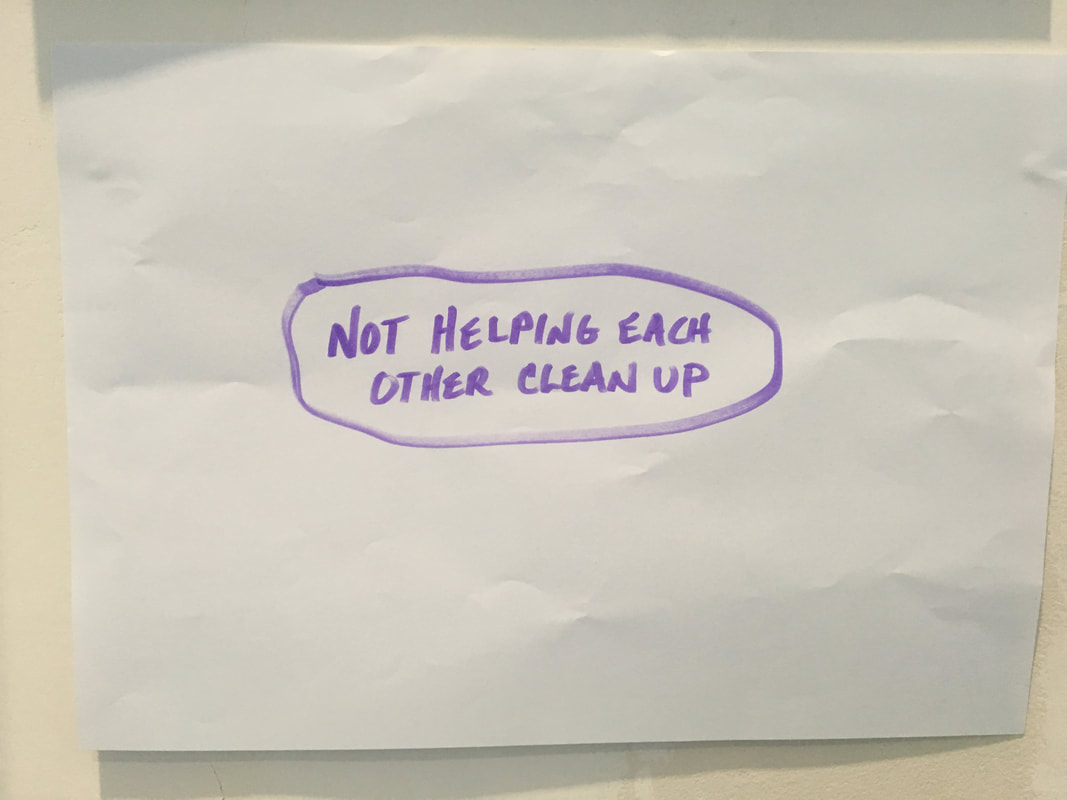
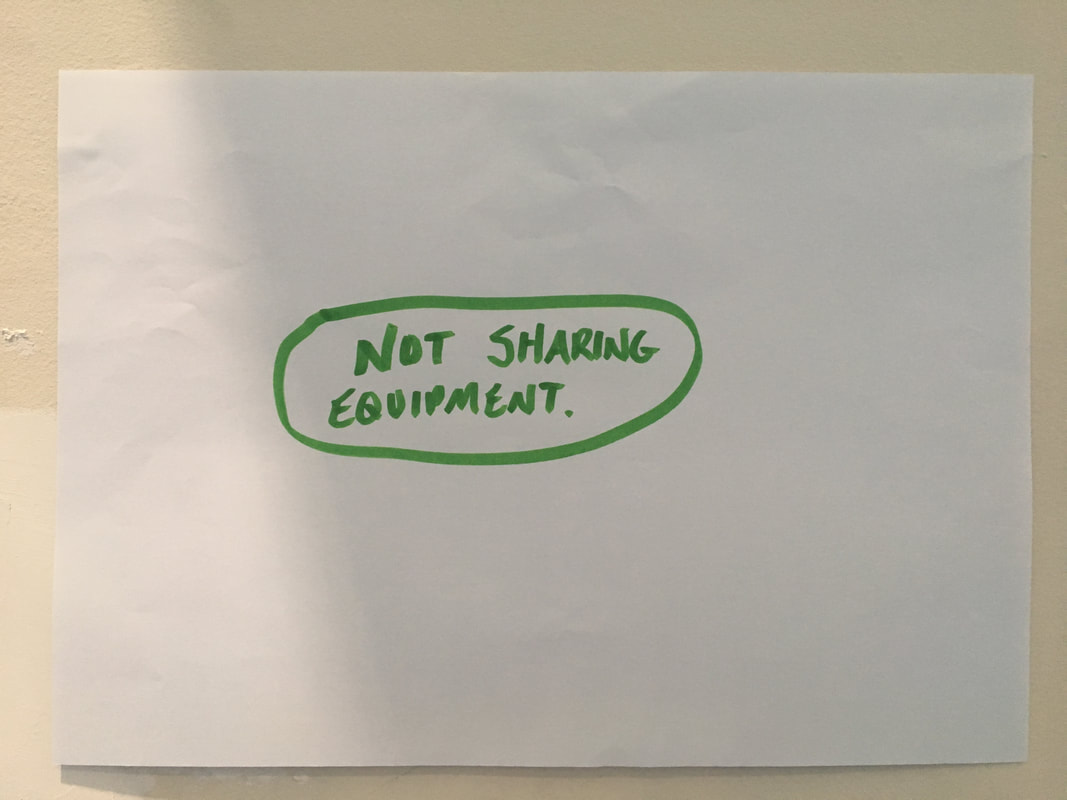
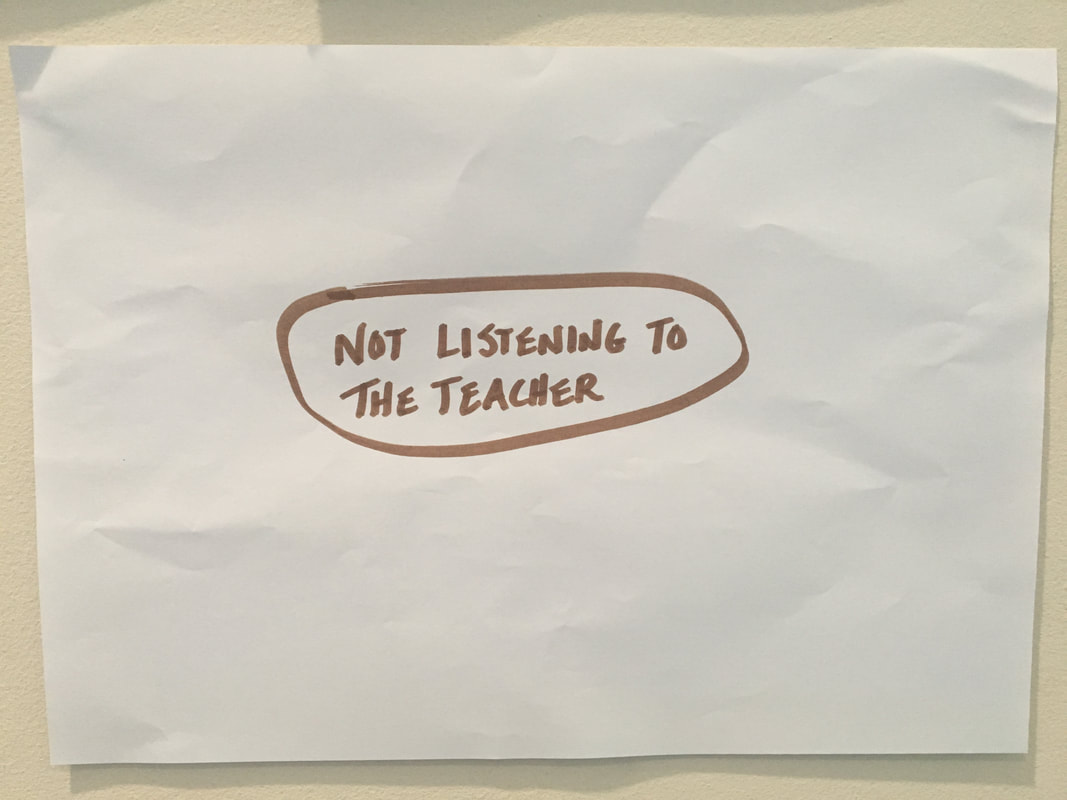
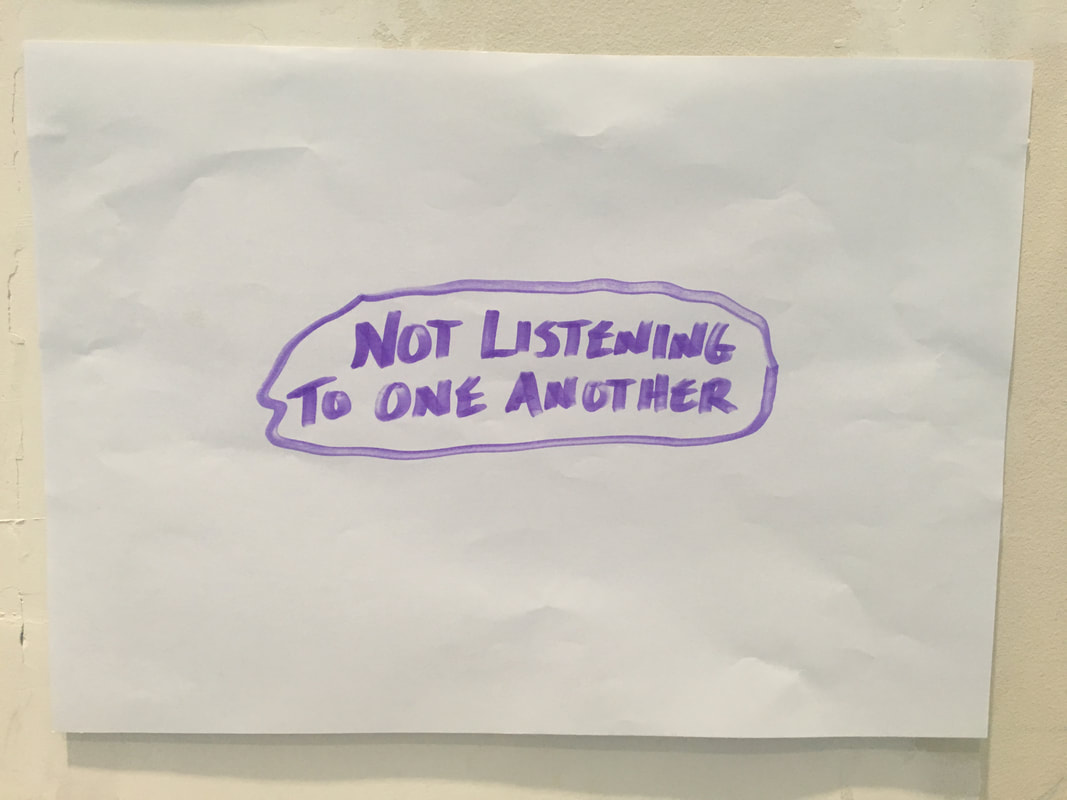
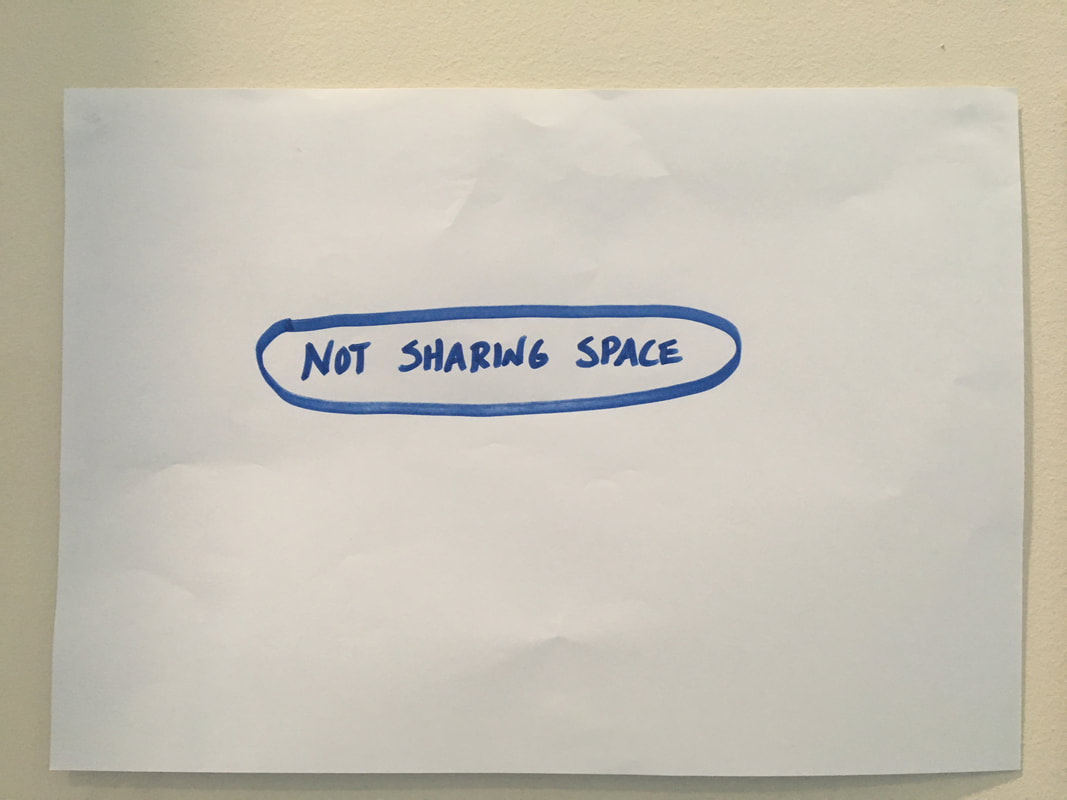
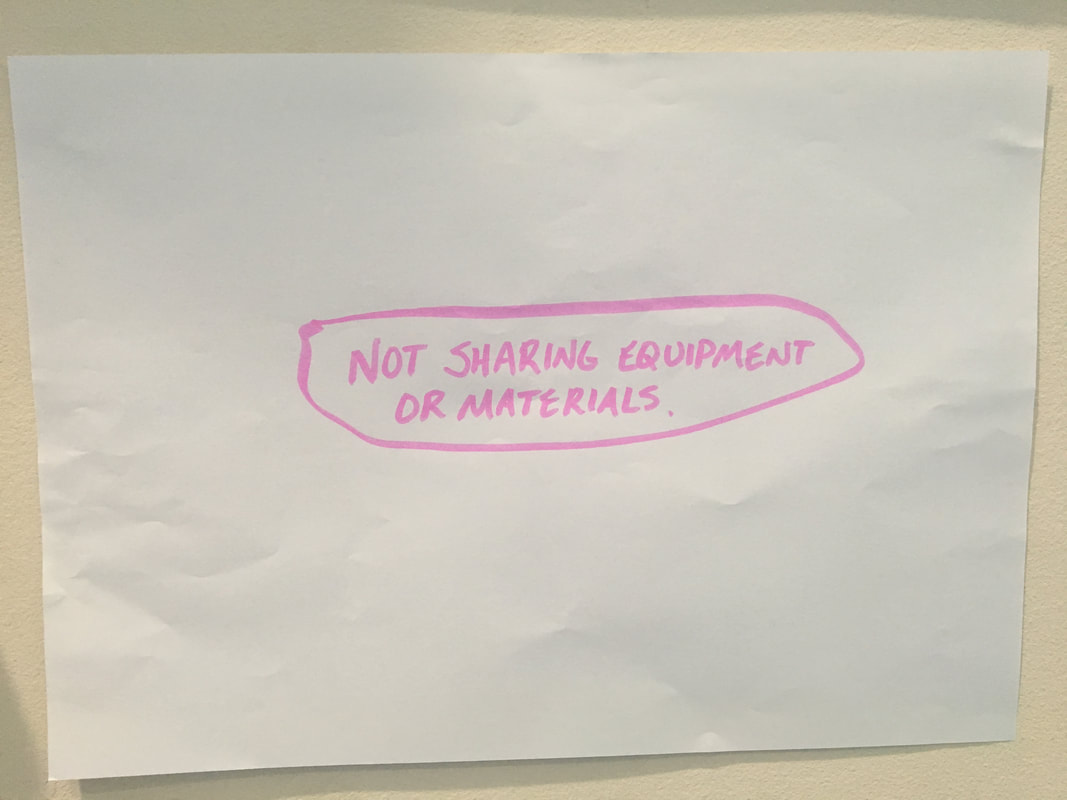
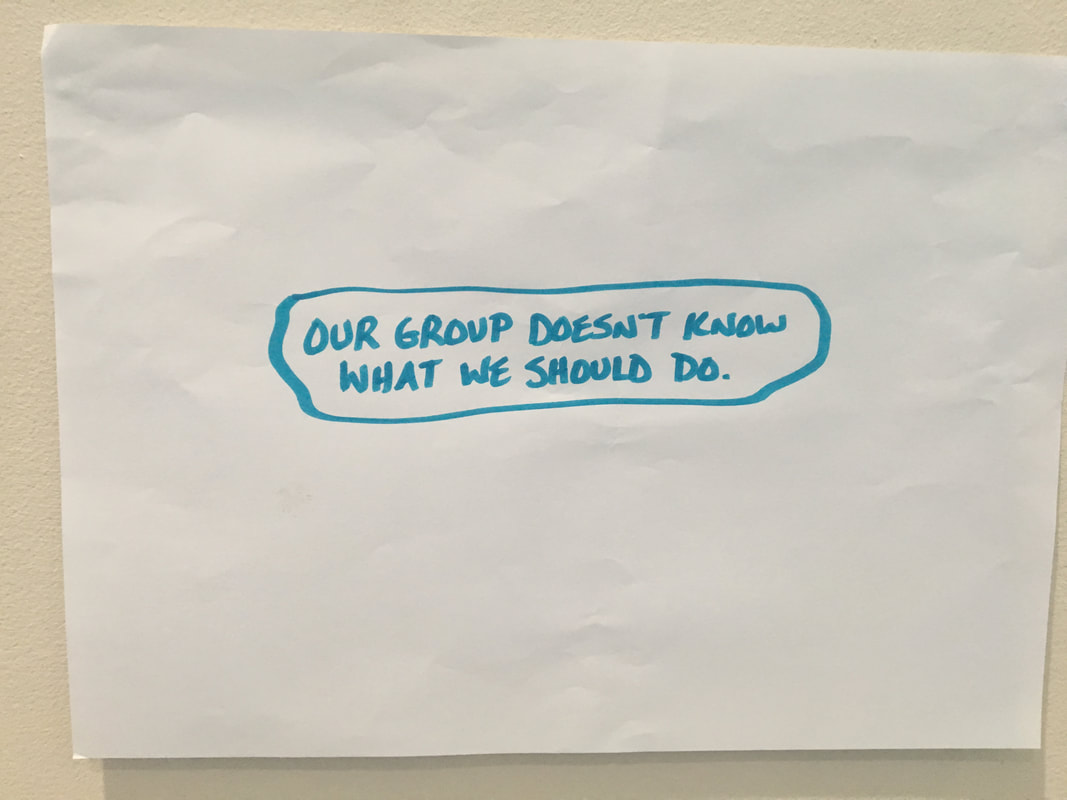
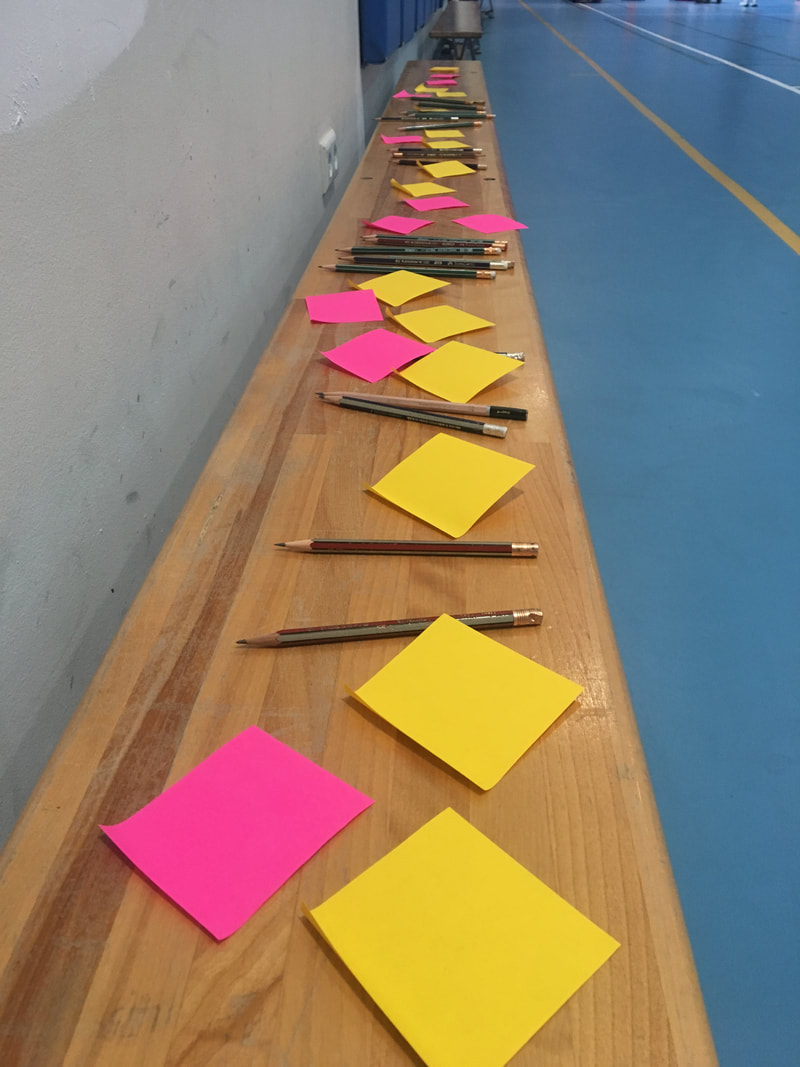
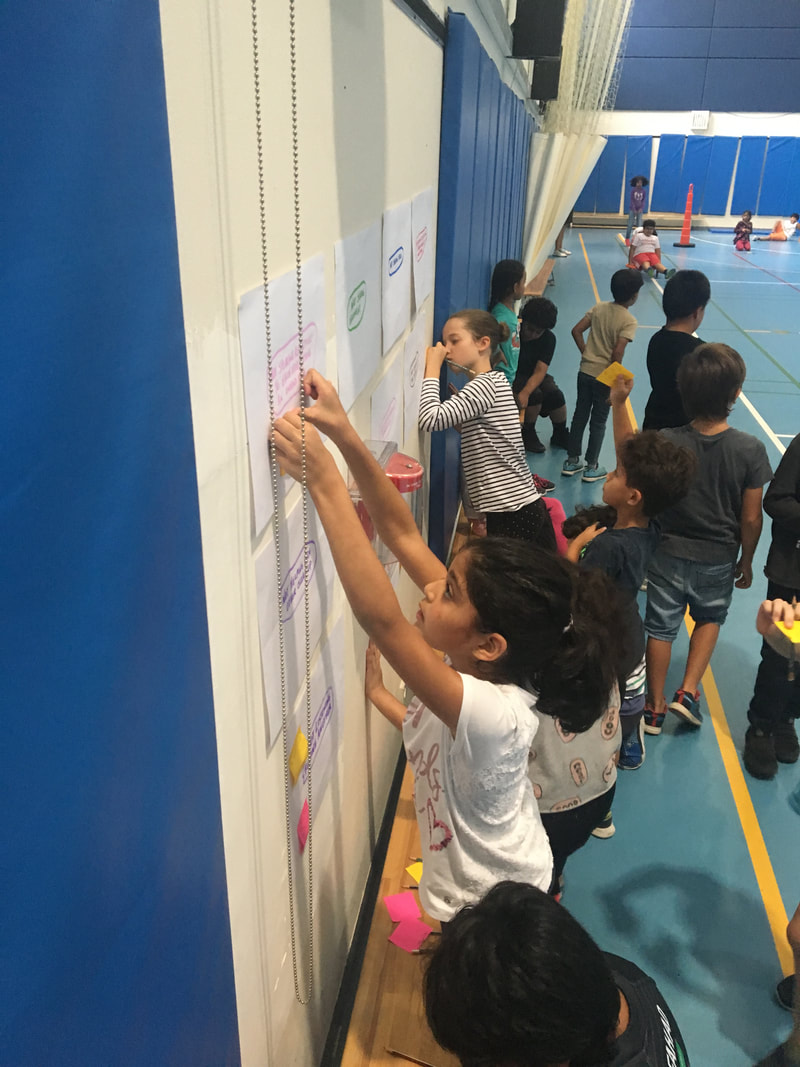
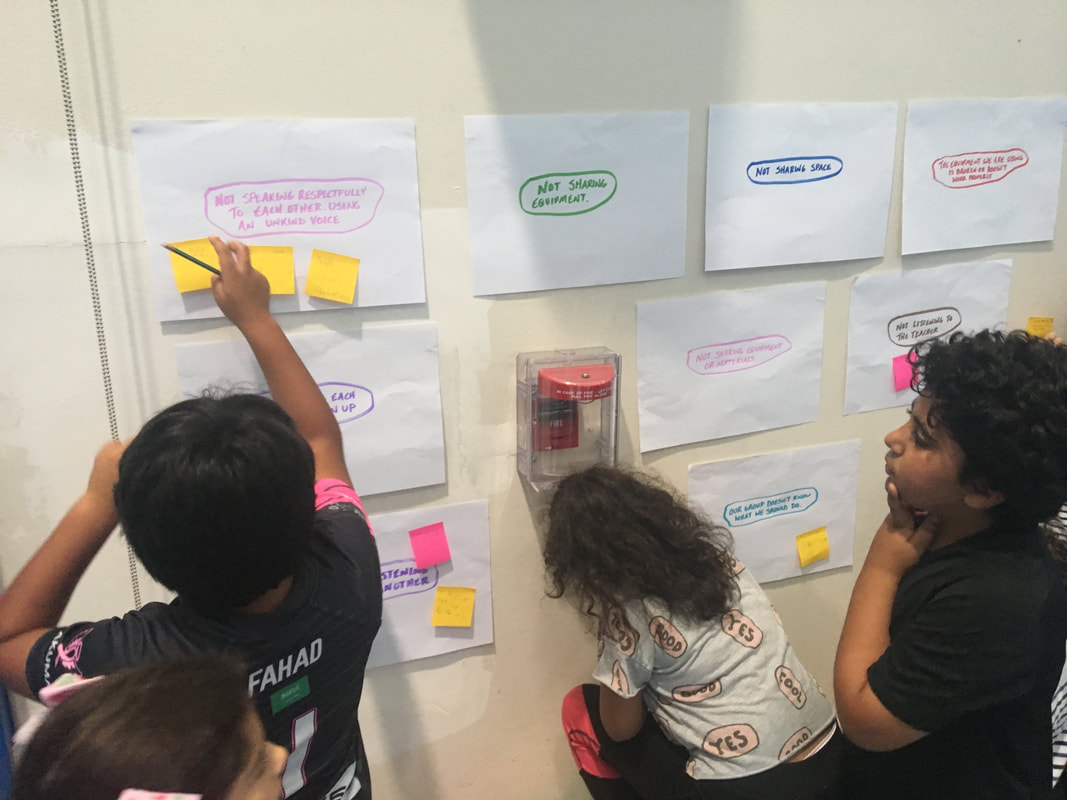
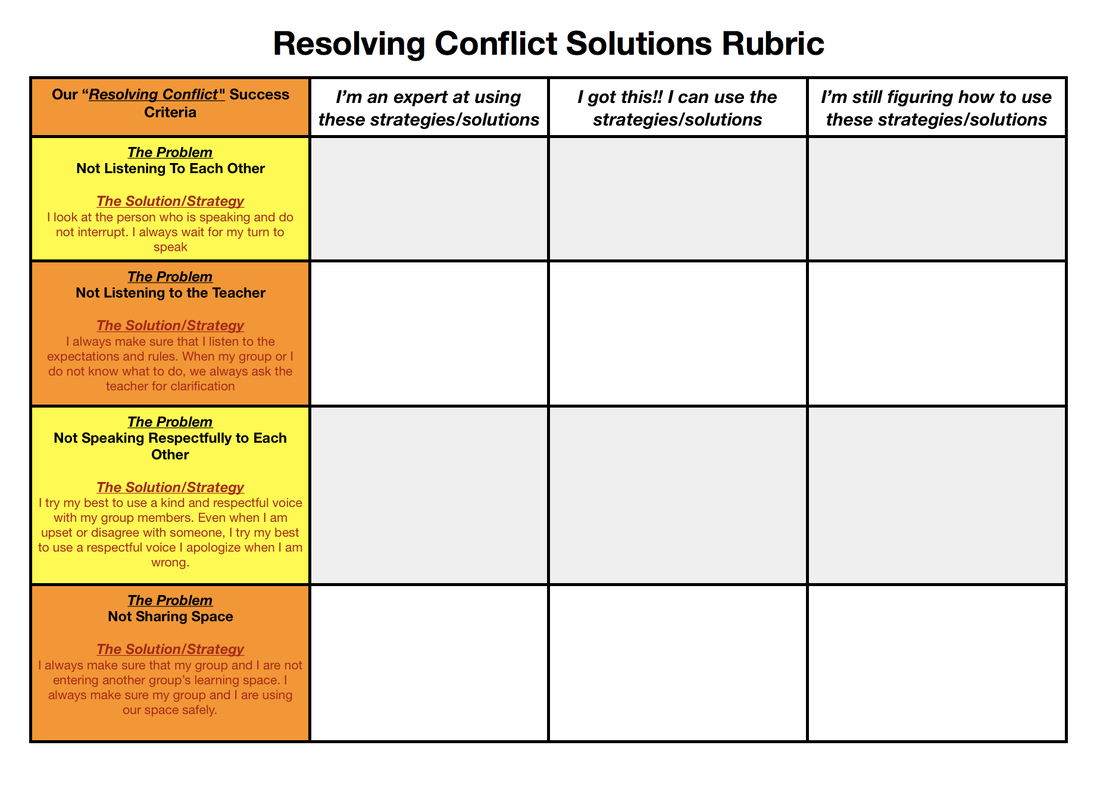
 RSS Feed
RSS Feed
